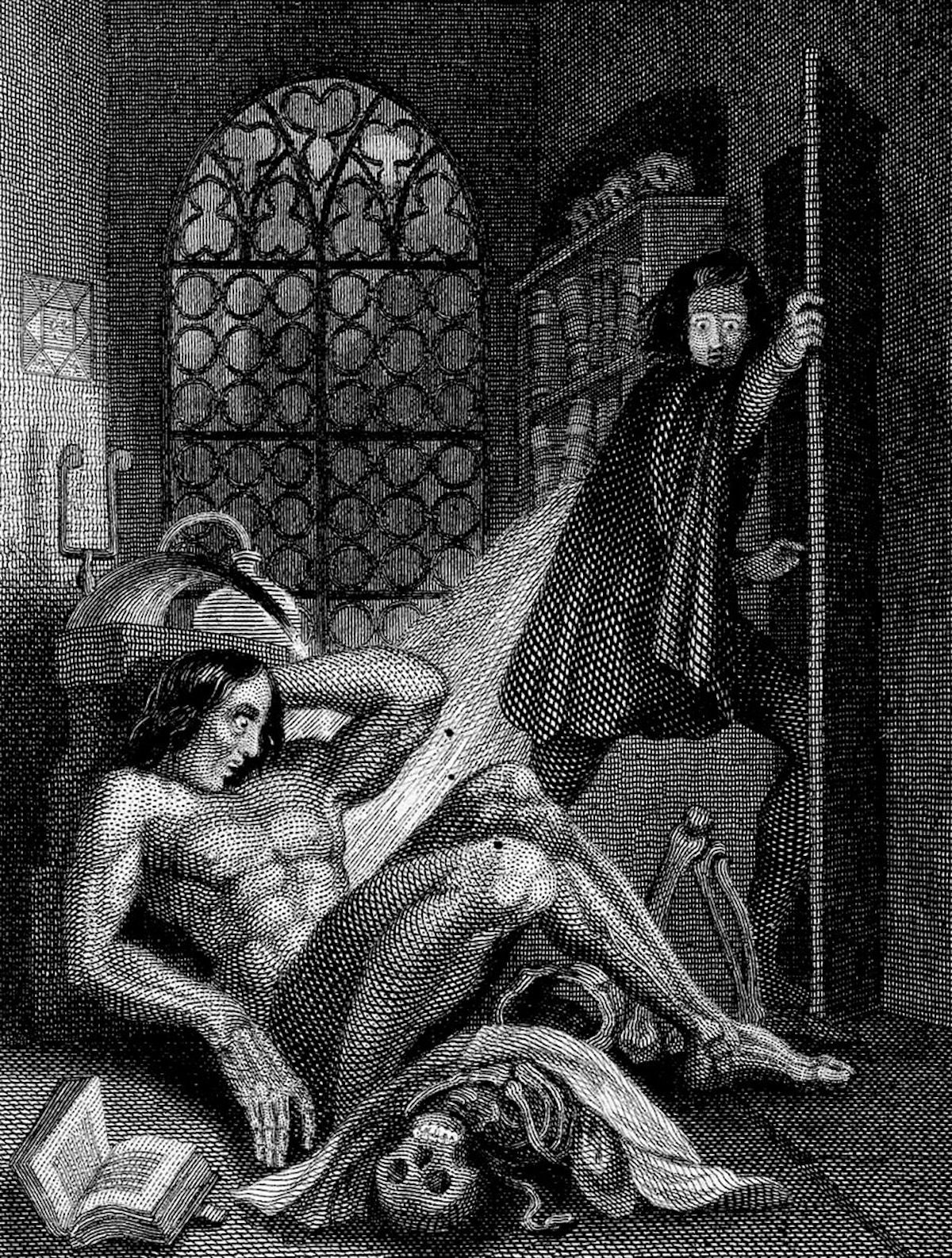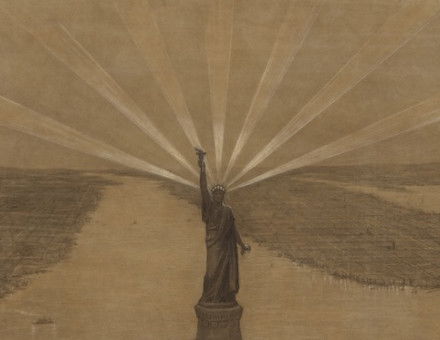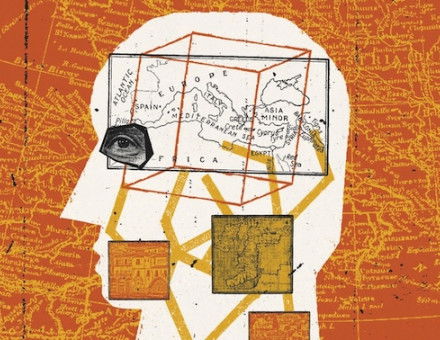The True Meaning of Frankenstein
Mary Shelley’s Frankenstein is not a commentary on the Industrial Revolution, nor is it a simple retelling of the myth of Prometheus. It is far more original than that.

Few texts are better known and more widely read than Frankenstein: I have a dozen modern editions on my shelves. But every one of their editors has failed to grasp what Mary Shelley was up to when she wrote it.





